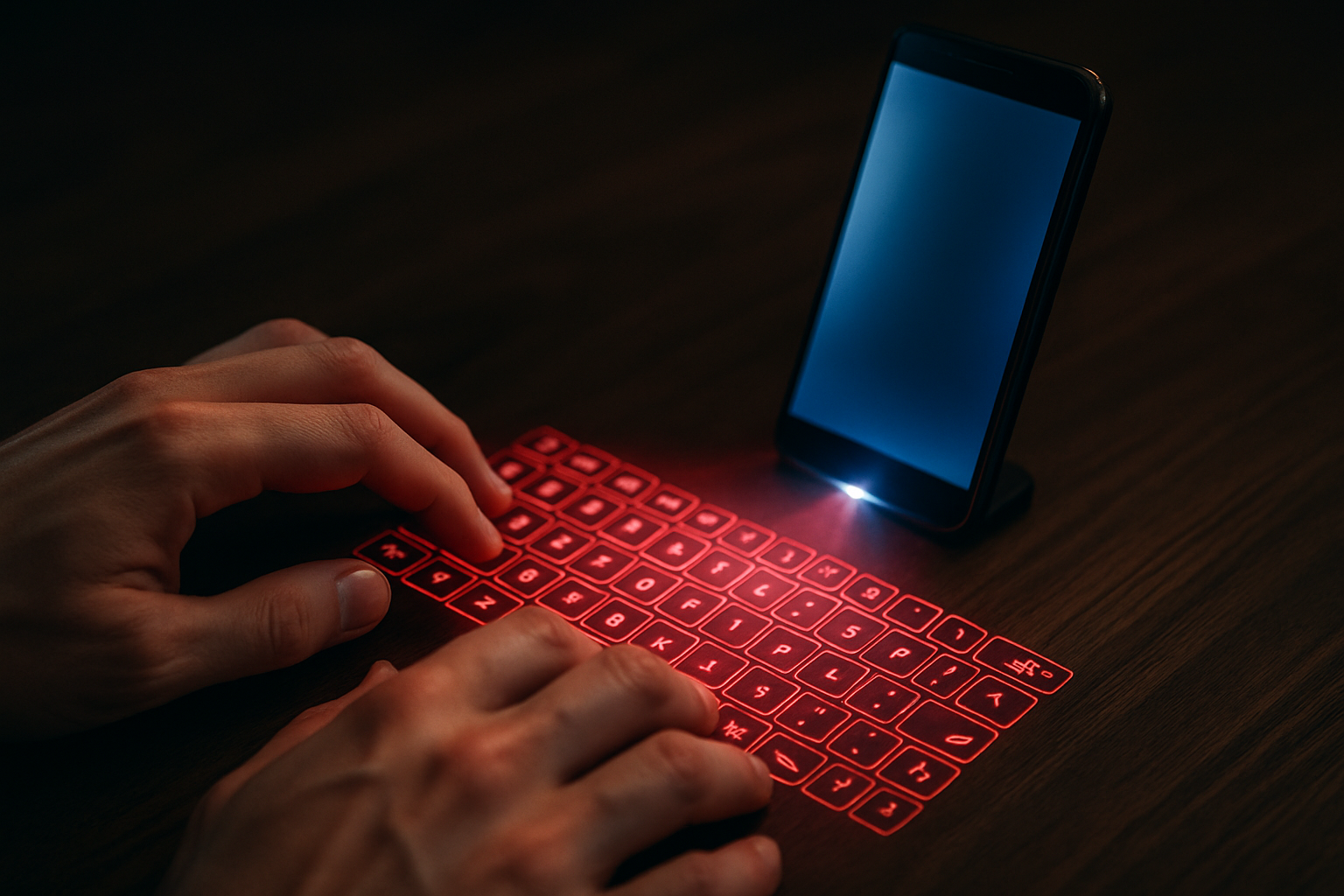Holograms in Your Pocket: The Dawn of Portable Holographic Displays
In a world where smartphones have become an extension of our hands, a new technological marvel is set to revolutionize how we interact with our mobile devices. Portable holographic displays, once confined to the realm of science fiction, are now on the brink of becoming a reality. This groundbreaking technology promises to transform our digital experiences, offering a glimpse into a future where 3D images float above our phone screens.

The journey from sci-fi to reality
Holograms have long captured the public imagination, appearing in countless movies and TV shows as a symbol of advanced technology. However, the path from fiction to reality has been long and winding. Early holographic techniques, developed in the 1940s, were limited to static images and required complex setups. It wasn’t until the advent of lasers in the 1960s that holography began to show real promise.
Over the decades, researchers have made steady progress in holographic technology. Traditional holograms, created using interference patterns of light, have been refined and improved. But the real game-changer has been the development of digital holography, which uses computer-generated interference patterns to create 3D images.
The tech behind portable holograms
Modern portable holographic displays rely on a combination of advanced optics, miniaturized projectors, and sophisticated software. One promising approach uses a technique called spatial light modulation. This involves manipulating light waves to create the illusion of a three-dimensional image floating in space.
Another method employs micro-mirror arrays, tiny mirrors that can be individually controlled to reflect light in precise patterns. When combined with powerful algorithms, these mirrors can create convincing 3D images that appear to hover above a device’s screen.
Overcoming technical hurdles
Despite the progress, significant challenges remain. Power consumption is a major concern, as generating holograms requires substantial processing power and energy. Researchers are exploring ways to optimize the technology for mobile use, including developing more efficient light sources and improving computational algorithms.
Another hurdle is achieving sufficient brightness and resolution for outdoor use. Current prototypes often struggle in bright sunlight, limiting their practicality. However, advancements in nano-optics and meta-materials are showing promise in overcoming these limitations.
The race to market
Several tech giants and startups are vying to be the first to bring portable holographic displays to market. While specific pricing details are still under wraps, industry analysts estimate that early consumer devices could range from $1,000 to $2,000. As with any new technology, prices are expected to decrease as production scales up.
The potential market impact is significant. Research firm MarketsandMarkets projects that the global holography market could reach $5.4 billion by 2024, with mobile devices playing a crucial role in driving adoption.
Reimagining mobile interactions
The implications of portable holographic displays extend far beyond novelty. This technology has the potential to transform how we interact with digital content and each other. Video calls could become truly immersive, with life-sized 3D projections of callers appearing in your living room. Mobile gaming could take on a new dimension, with characters and environments leaping off the screen.
In professional settings, architects and designers could present 3D models to clients on the fly. Medical professionals could visualize complex anatomical structures in real-time, improving diagnosis and treatment planning.
The road ahead
While portable holographic displays are still in their infancy, the technology is advancing rapidly. As researchers overcome technical challenges and companies refine their prototypes, we’re moving closer to a world where holograms are a part of our daily lives.
The next few years will be crucial in determining whether this technology can live up to its promise. Will portable holograms become as ubiquitous as touchscreens, or will they remain a niche technology? Only time will tell, but one thing is certain: the future of mobile displays is looking decidedly three-dimensional.





